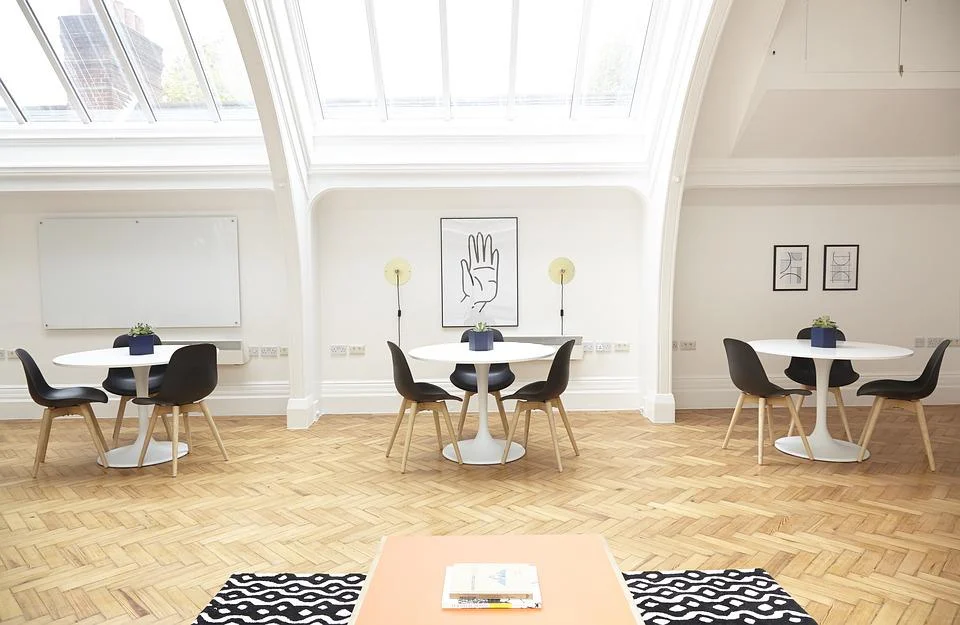Developers create games, apps and websites. When you see games such as those on CasinoChan, you appreciate the work of these “virtual interior designers.” While Developers deal with the online space, designers deal with reality.
There are many branches of interior design. However, the two specialities mostly talked about are the interior and residential aspects of interior design. What are the differences between these two giant branches of interior design?
Scope of Study
Just as their names suggest, residential interior design is a branch of interior design that has to do with the interior of residential buildings, for instance, a home, an apartment or private property. While commercial interior design has to do with the designing of commercial buildings.
Definitely, since commercial interior design has to do with commercial buildings, we can assume that it has a wider scope. For instance, commercial interior design had to do with banks, hotels, halls, museums, stadiums, hospitals, offices, workplaces, casinos, nightclubs, schools, and the list goes on and on.
Design Necessities
Another difference between residential and commercial interior design is the design requirements. For instance, a house is supposed to be inhabitable. The essence of interior design is to help the house fulfil its purpose. Most times, home owners have specific requirements for their homes. All they have to do is to communicate their ideas to an interior designer who will work closely with the architect and builders to make this possible. And, of course, it isn’t easy to pull through. However, commercial interior design is more arduous.
Commercial interior design requires more technicalities because it has to do with far larger commercial spaces. Therefore it requires more planning, more equipment and design requirements. Commercial interior design is more challenging because it is done on a much bigger scale. The chances of design errors happening are much higher than in interior design. An interior designer will find it easier to create a parking space or design a special lighting suite in a home than in a hotel.
Commercial, residential design is more tasking, and requires more technicalities, skill and expertise. Commercial spaces like banks have unique design specifications. For instance, a bank might need to have security systems; alarms, surveillance cameras, intruder alarms, perimeter security and other sophisticated systems integrated into the design process.
Sub-specialties
Since commercial interior design has a broader and wider amplitude, it has more sub-specialities than its counterpart. For instance, under commercial interior design, we have; an industrial design, which has to do with the design of industrialised spaces. Sports design has to do with the design of sports infrastructure such as a basketball field, a stadium etc.
The residential design does not go beyond the scope of the home. So in Residential interior design, we may have kitchen design, bathroom design, and garage design as sub-specialities.
Customized Requirements
In commercial design, the nature of the commercial building is always customized to meet certain requirements. In a store design which is profit-oriented, the designer needs to take into account the nature of the brand and its representation in his design.
For instance, in designing a Nike store, a designer will have to incorporate Nike’s market orientation, functionality, and market trends into consideration and design a store that will effectively represent the image of the brand and bring a good return on investment.

